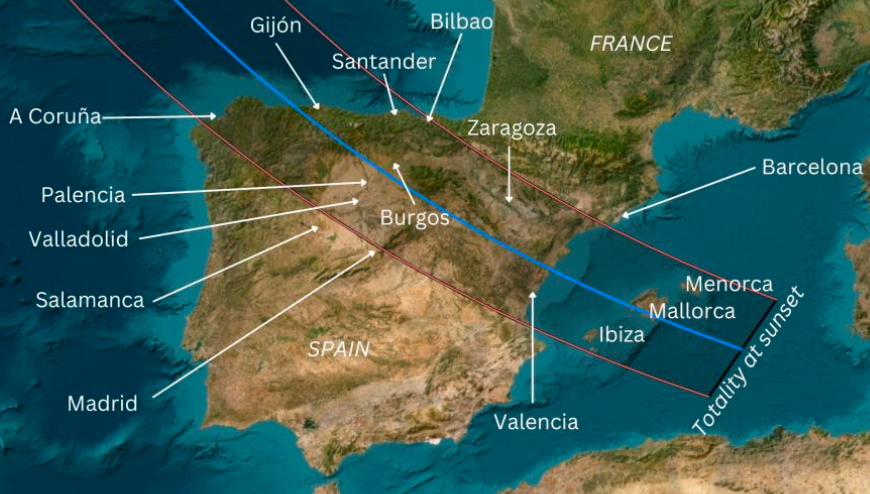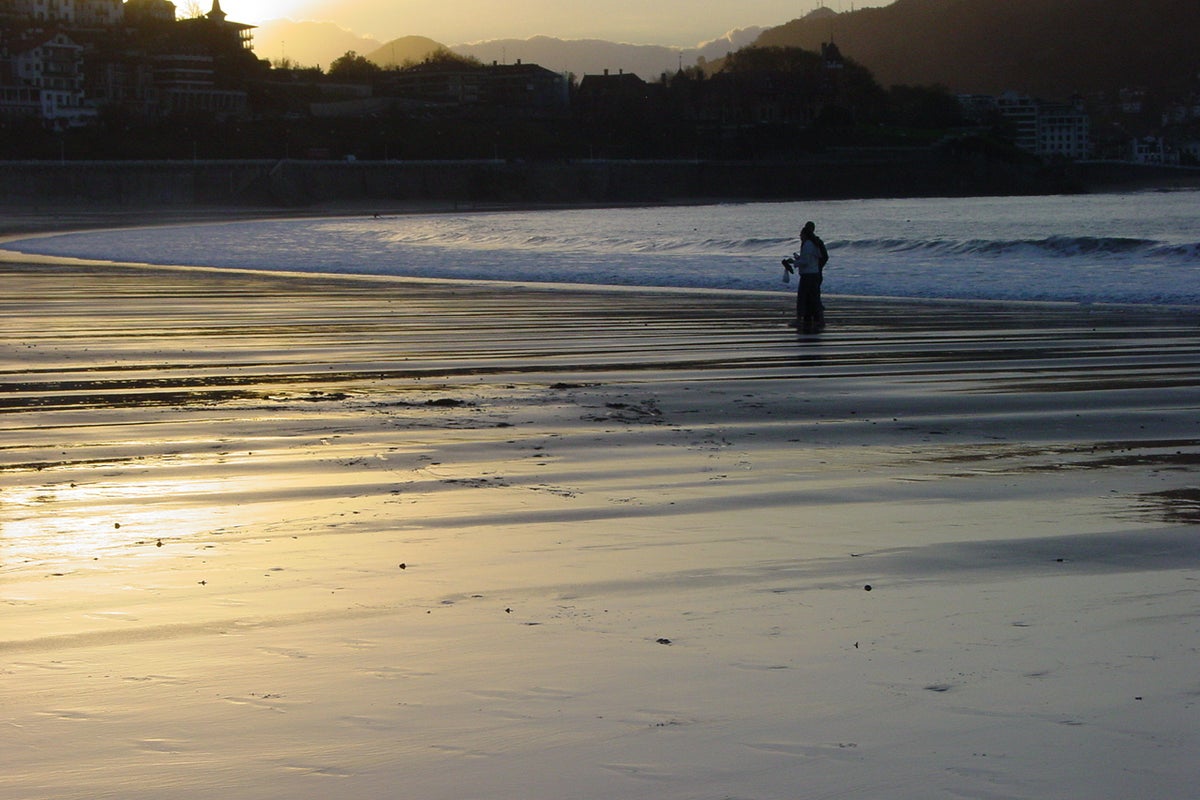From reproductive rights to climate change to Big Tech, The Independent is on the ground when the story is developing. Whether it’s investigating the financials of Elon Musk’s pro-Trump PAC or producing our latest documentary, ‘The A Word’, which shines a light on the American women fighting for reproductive rights, we know how important it is to parse out the facts from the messaging.
At such a critical moment in US history, we need reporters on the ground. Your donation allows us to keep sending journalists to speak to both sides of the story.
The Independent is trusted by Americans across the entire political spectrum. And unlike many other quality news outlets, we choose not to lock Americans out of our reporting and analysis with paywalls. We believe quality journalism should be available to everyone, paid for by those who can afford it.
Your support makes all the difference.
Read more
British holidaymakers to Spain are moving north – with a 65 per cent surge in UK visitors to the Basque country this year.
Between January and July 2025, a record 105,000 British visitors travelled to the Basque country. On average, more than 450 UK travellers per day arrived at this triangle of territory of northern Spain.
Known officially as Euskadi, the Basque country is tucked in beside the French border and faces out over the Bay of Biscay. The key attractions are the cities of San Sebastian and Bilbao, noted for gastronomy and culture as well as Atlantic beaches.
A narrow-gauge railway threads through the region, calling at Gernika (Guernica) – location for the Civil War attack depicted by Picasso.
To the northwestern region of Galicia, centred on Santiago de Compostela, British visitors totalled 61,000 in the first seven months of this year – up 44 per cent on 2024.
To keep the figures in perspective, though, during the same spell 11.2 million UK citizens travelled to Spain – an average of 53,000 per day.
Jessica Harvey Taylor, head of press for the Spanish Tourist Office in the UK, told The Independent: “Obviously we’re well aware that the vast majority of our UK holidaymakers are still visiting our five most popular regions: Valencia, Andalucia, Catalonia, and then our islands, the Balearics and the Canaries.
“But it’s very encouraging to see that there’s increased appetite in our northern regions, namely Galicia, Asturias and the Basque country.
“I think there are multiple reasons. Obviously climate plays a part and not everybody wants the extreme heat that we’ve seen in recent years in the southern Med.
“But there’s much more to it than that. Increasingly, the UK public is realising that they can supplement a beach holiday with something a little bit more adventurous.”
Ms Harvey Taylor said British travellers are also travelling earlier and later in the year – the so-called “shoulder season”.
The increase between March and May 2025 was particularly pronounced – followed by a slight decline in June and July.
“We’re expecting as well October into November becoming more popular,” the Spanish spokesperson said. “I think that is linked to the climate and avoiding the heat when you can.”

open image in gallery
Dark day: Path of the total eclipse sweeping across Spain on 12 August 2026 (Spanish Tourist Office UK)
The number of British travellers to northern Spain is expected to increase again in summer 2026, due to the 12 August total eclipse that will sweep across the north of the country from the Atlantic to the Mediterranean, before ending at sunset on the island of Mallorca.
In the Canary Islands, the Tenerife authorities have announced that tourists planning to hike popular trails in Teide National Park – home to Spain’s highest mountain – will face fees of up to £22, as a new “eco-tax” is set to be introduced by 2026.
